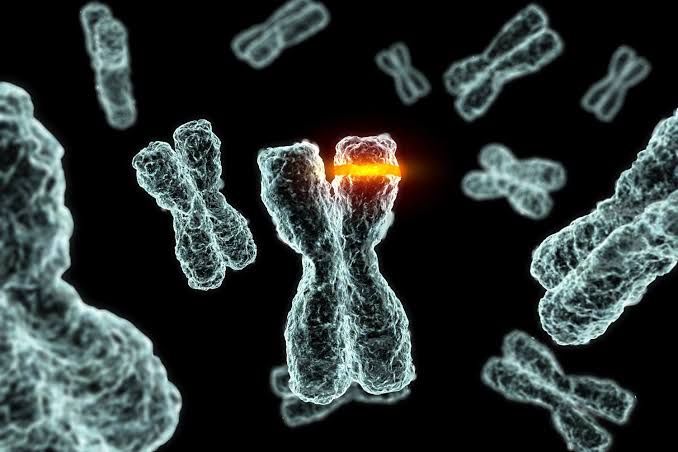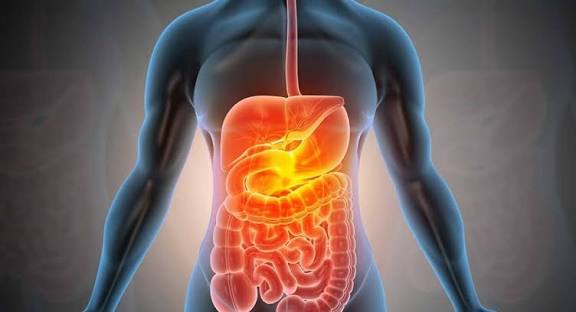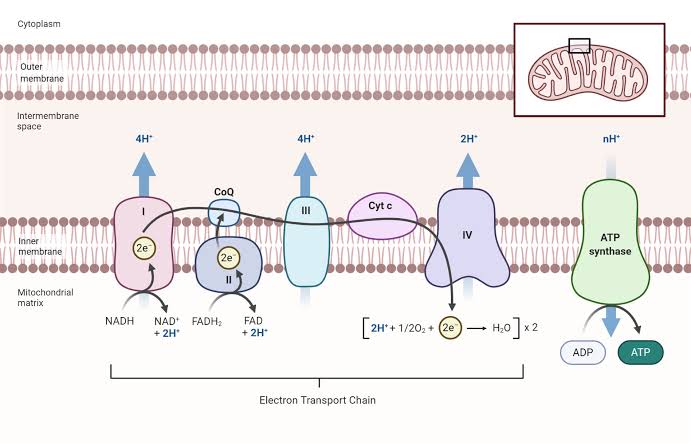
Classification of Genetic Disorders
Genetic disorders can be classified based on various criteria, including their inheritance patterns, the type of genetic material involved, and the underlying mechanisms. The primary classifications include:
- Single-Gene Disorders: These are caused by mutations in a single gene. They can be further divided into:
- Autosomal Dominant: One copy of the mutated gene is sufficient to cause the disorder (e.g., Huntington’s disease).
- Autosomal Recessive: Two copies of the mutated gene are required for the disorder to manifest (e.g., cystic fibrosis).
- X-Linked Disorders: These are linked to genes on the X chromosome and often affect males more severely (e.g., hemophilia).
- Chromosomal Disorders: These arise from abnormalities in chromosome number or structure. They can be categorized as follows:
- Numerical Abnormalities: Changes in the number of chromosomes.
- Aneuploidy: An abnormal number of chromosomes, such as trisomy (an extra chromosome) or monosomy (a missing chromosome). Examples include Down syndrome (trisomy 21) and Turner syndrome (monosomy X).
- Polyploidy: More than two complete sets of chromosomes, which is often lethal in humans.
- Structural Abnormalities: Alterations in the structure of chromosomes.
- Deletions: Loss of a segment of a chromosome (e.g., Cri du Chat syndrome).
- Duplications: A segment of a chromosome is duplicated, leading to extra genetic material.
- Inversions: A segment of a chromosome breaks off, flips around, and reattaches.
- Translocations: A segment from one chromosome breaks off and attaches to another chromosome. This can be reciprocal or non-reciprocal.
- Numerical Abnormalities: Changes in the number of chromosomes.
- Multifactorial Disorders: These involve multiple genes and environmental factors contributing to the disorder (e.g., heart disease, diabetes).
- Mitochondrial Disorders: Caused by mutations in mitochondrial DNA, these disorders often affect energy production in cells (e.g., Leber’s hereditary optic neuropathy).
Chromosomal Abnormalities Based on Number and Structure
1. Numerical Abnormalities
(a) Aneuploidy
Aneuploidy occurs when there is an abnormal number of chromosomes due to nondisjunction during cell division. This results in conditions such as:
- Trisomy 21 (Down Syndrome): Characterized by an extra copy of chromosome 21, leading to developmental delays and distinct physical features.
- Klinefelter Syndrome (XXY): Males with an extra X chromosome may experience infertility and other physical traits.
(b) Polyploidy
- Polyploidy involves having more than two complete sets of chromosomes. While common in plants, it is usually not viable in humans but can occur in certain tissues or lead to miscarriage.
2. Structural Abnormalities
(a) Deletions
Deletions involve loss of chromosomal segments:
- Example: Cri du Chat syndrome results from a deletion on chromosome 5, causing developmental issues and distinctive facial features.
(b) Duplications
Duplications result in extra genetic material:
- Example: Charcot-Marie-Tooth disease type 1A involves duplication on chromosome 17 affecting peripheral nerves.
(c) Inversions
Inversions occur when a segment breaks off and reattaches upside down:
- This may not always lead to disorders but can increase risks for offspring if it disrupts important genes.
(d) Translocations
Translocations involve segments moving between non-homologous chromosomes:
- Example: Chronic myelogenous leukemia is associated with a specific translocation between chromosomes 9 and 22 known as the Philadelphia chromosome.
In summary, genetic disorders encompass a wide range of abnormalities that can arise from single-gene mutations or chromosomal alterations involving both number and structure. Understanding these classifications helps in diagnosing and managing genetic conditions effectively.







